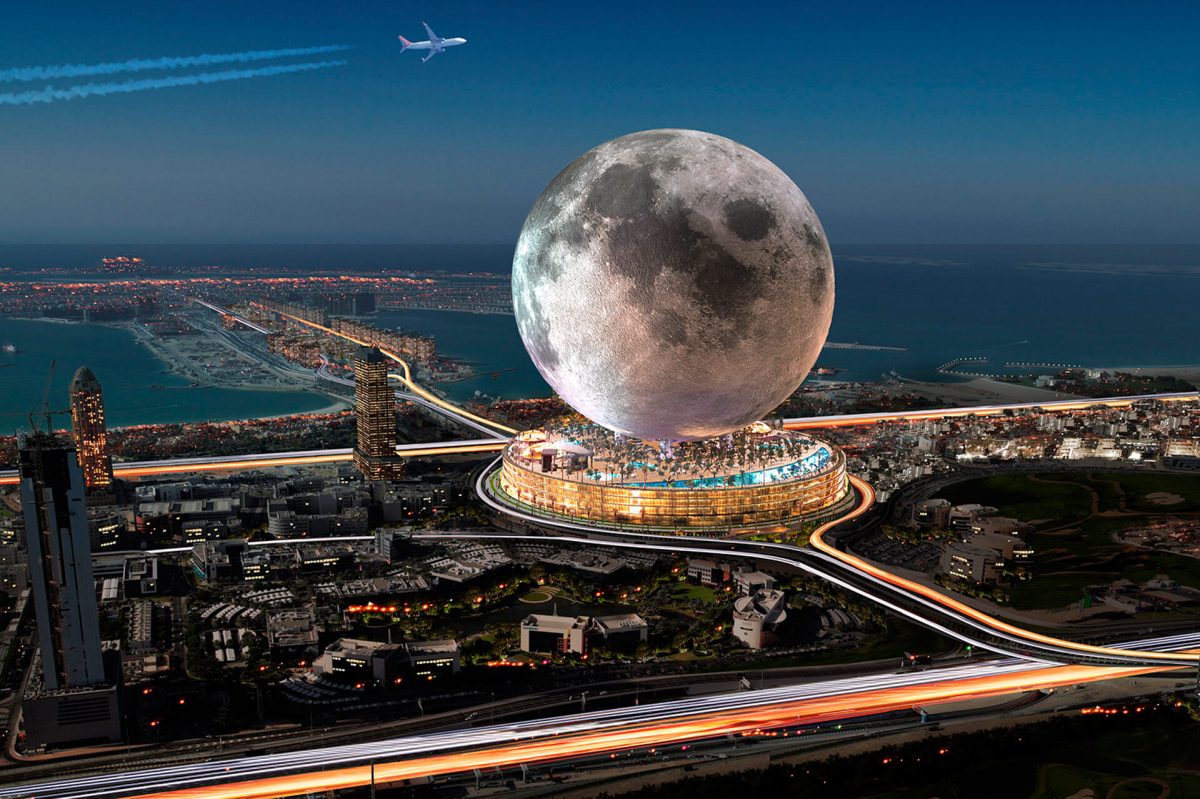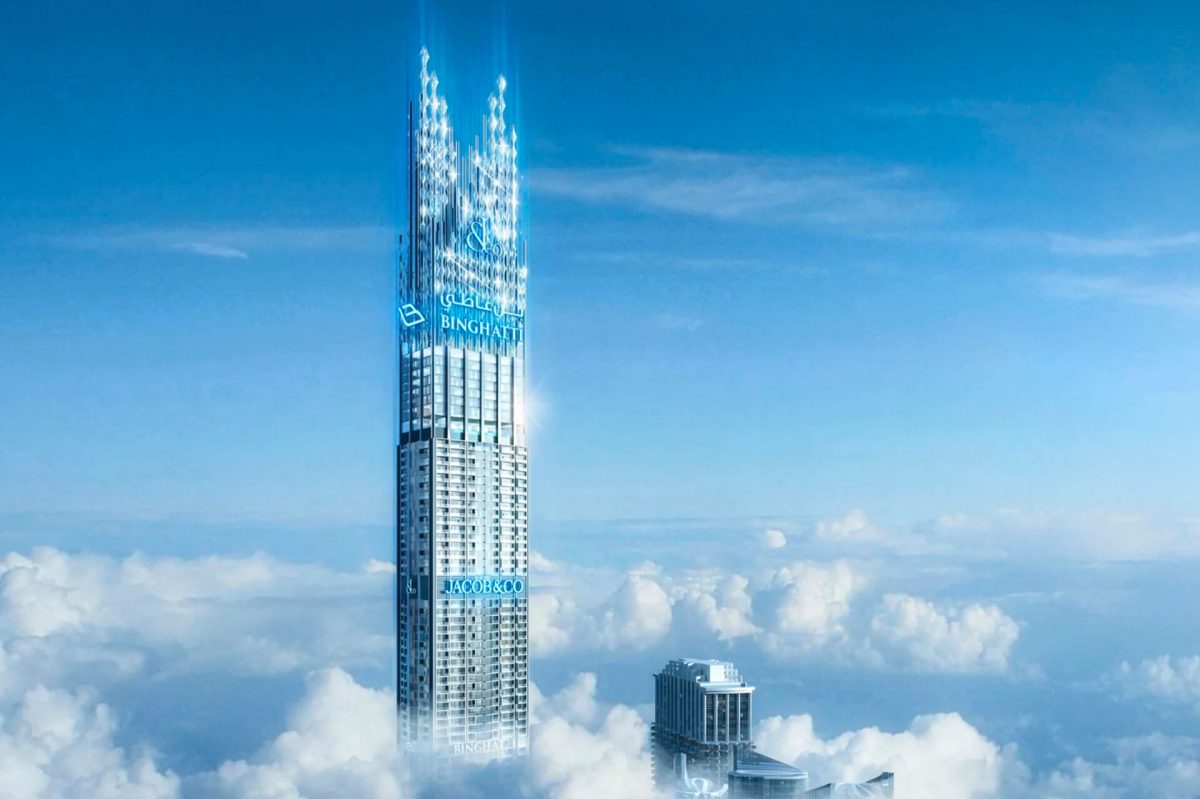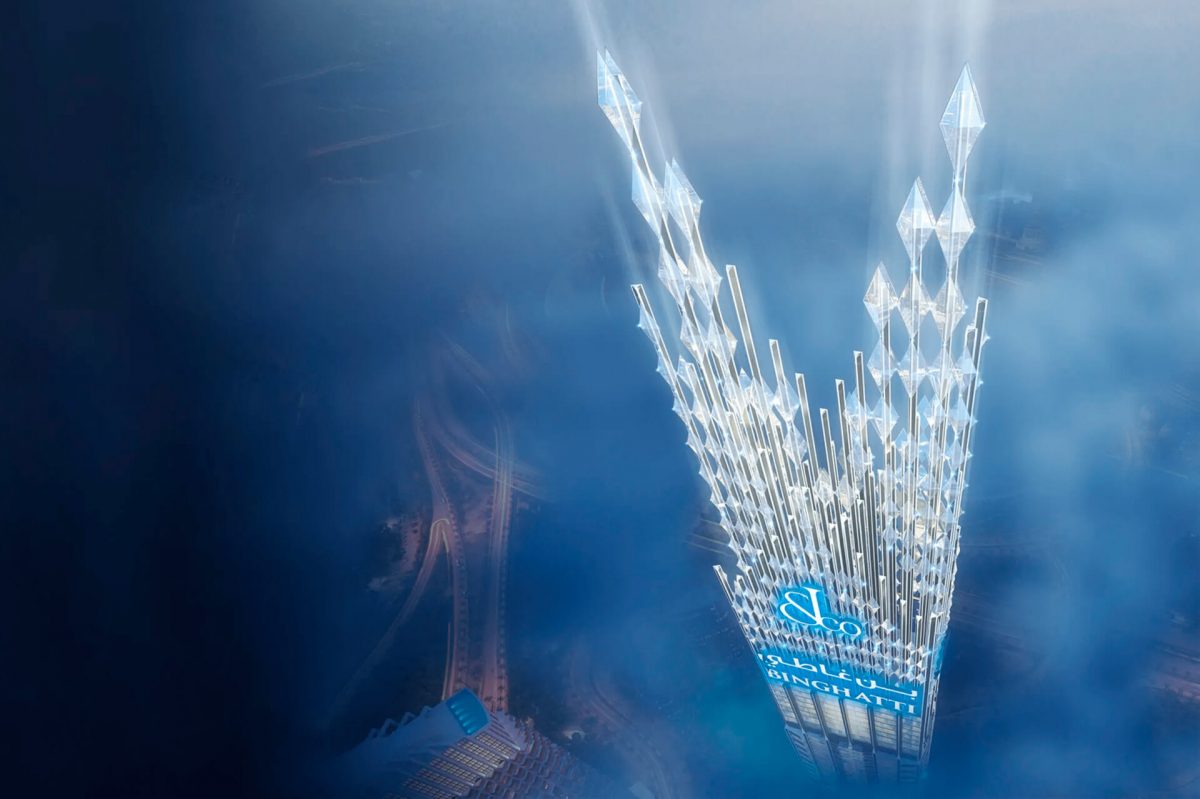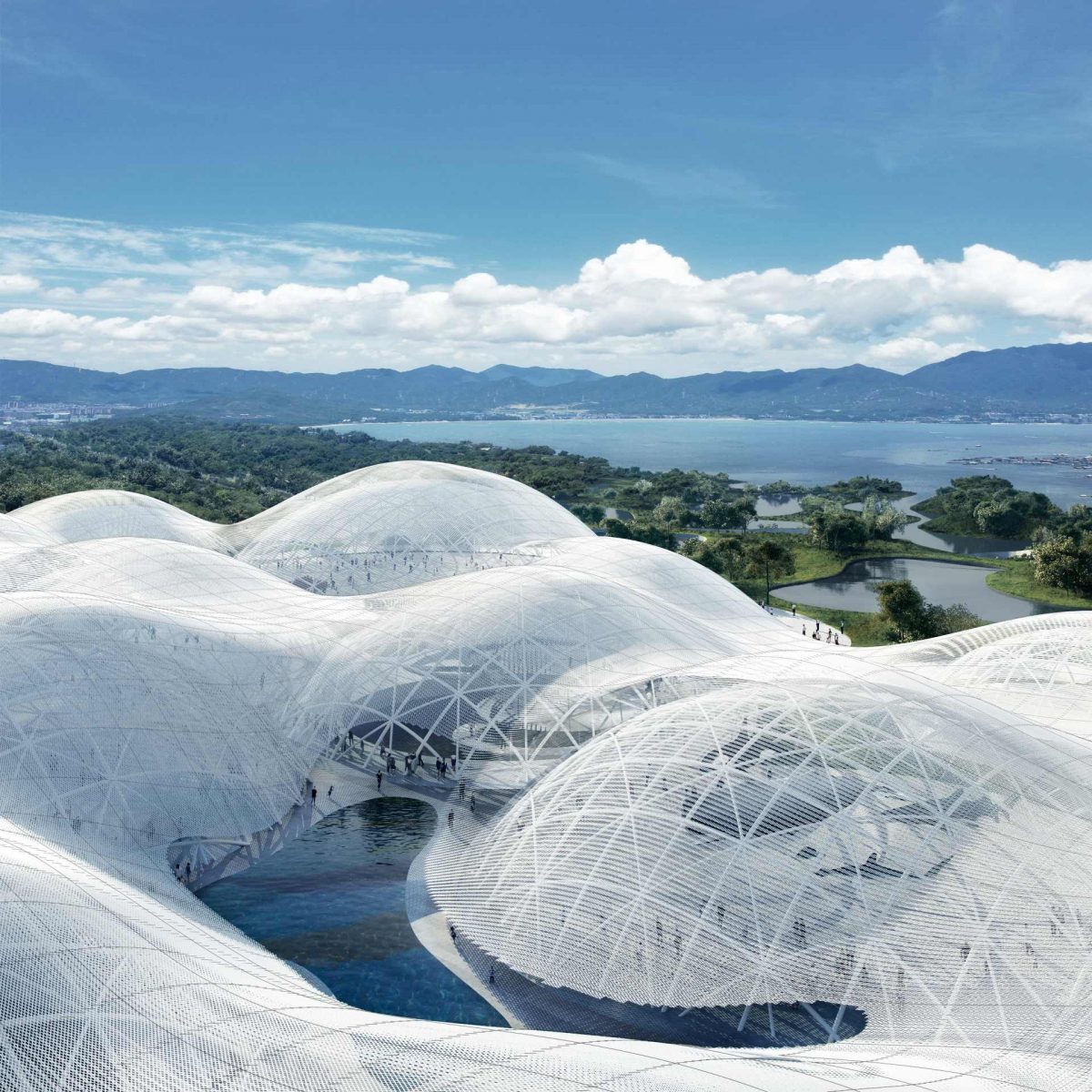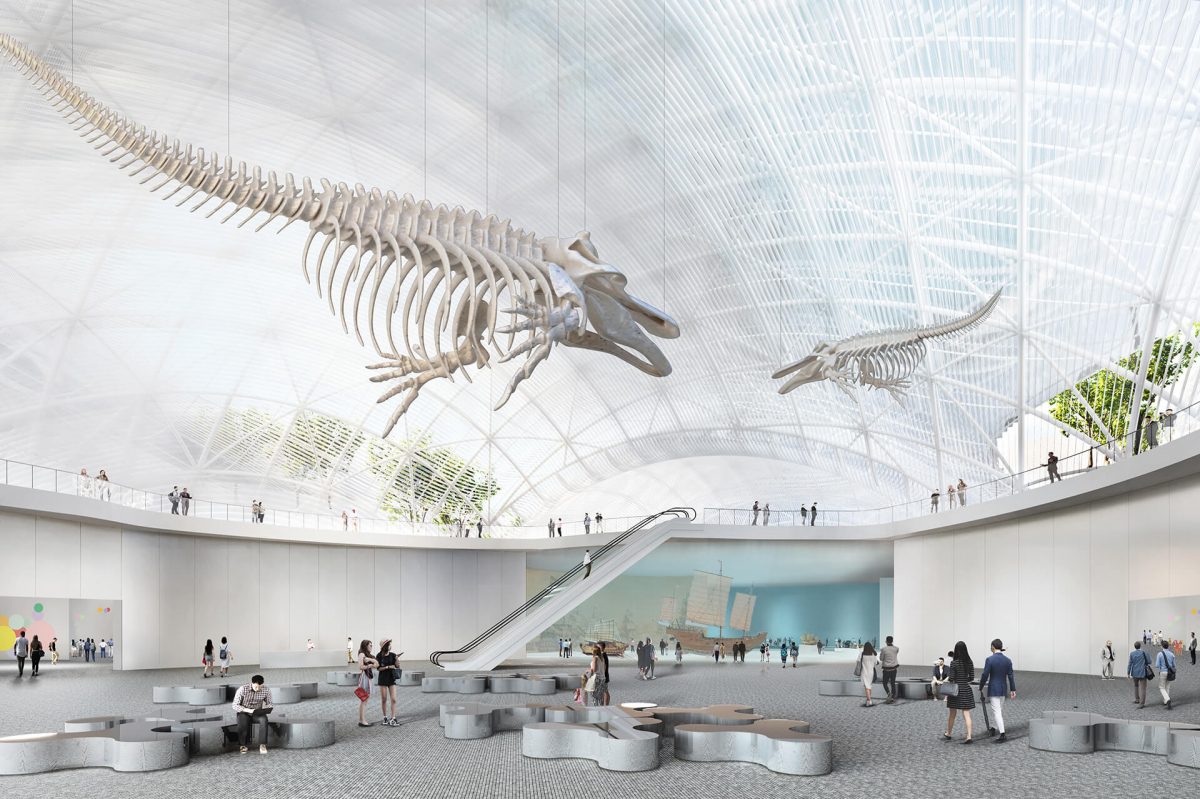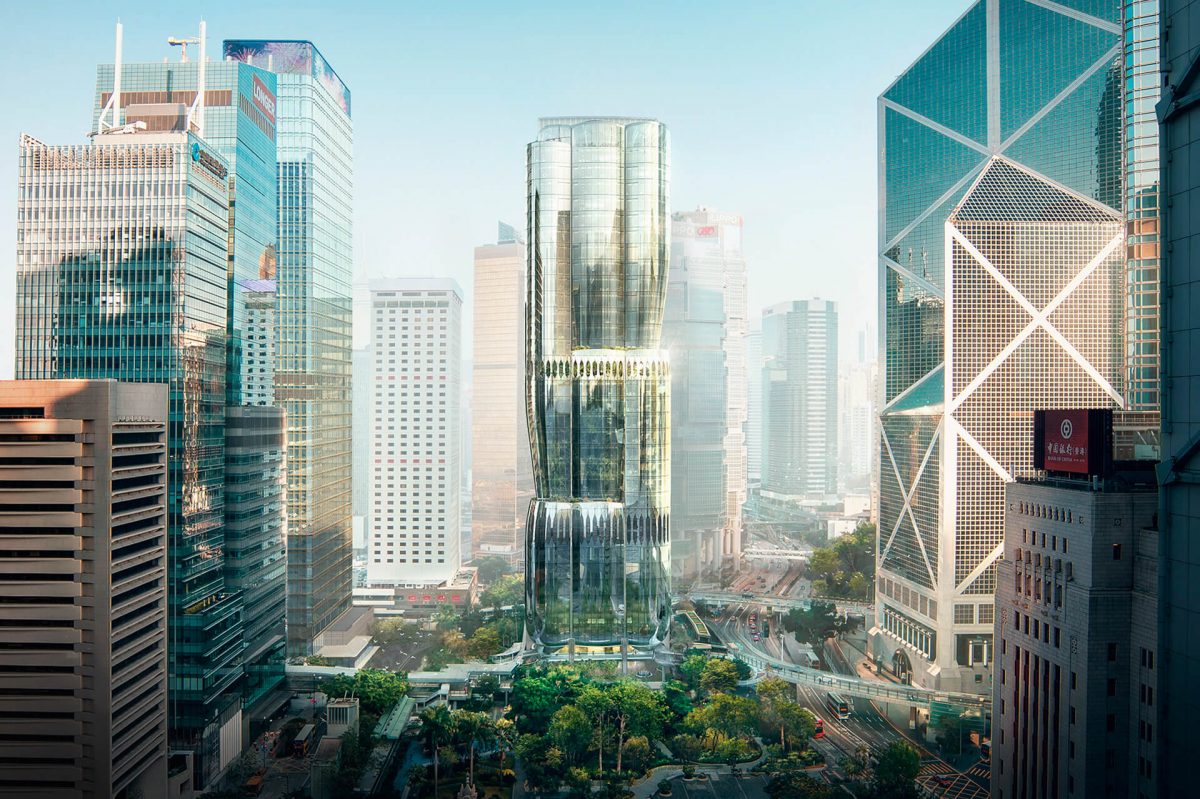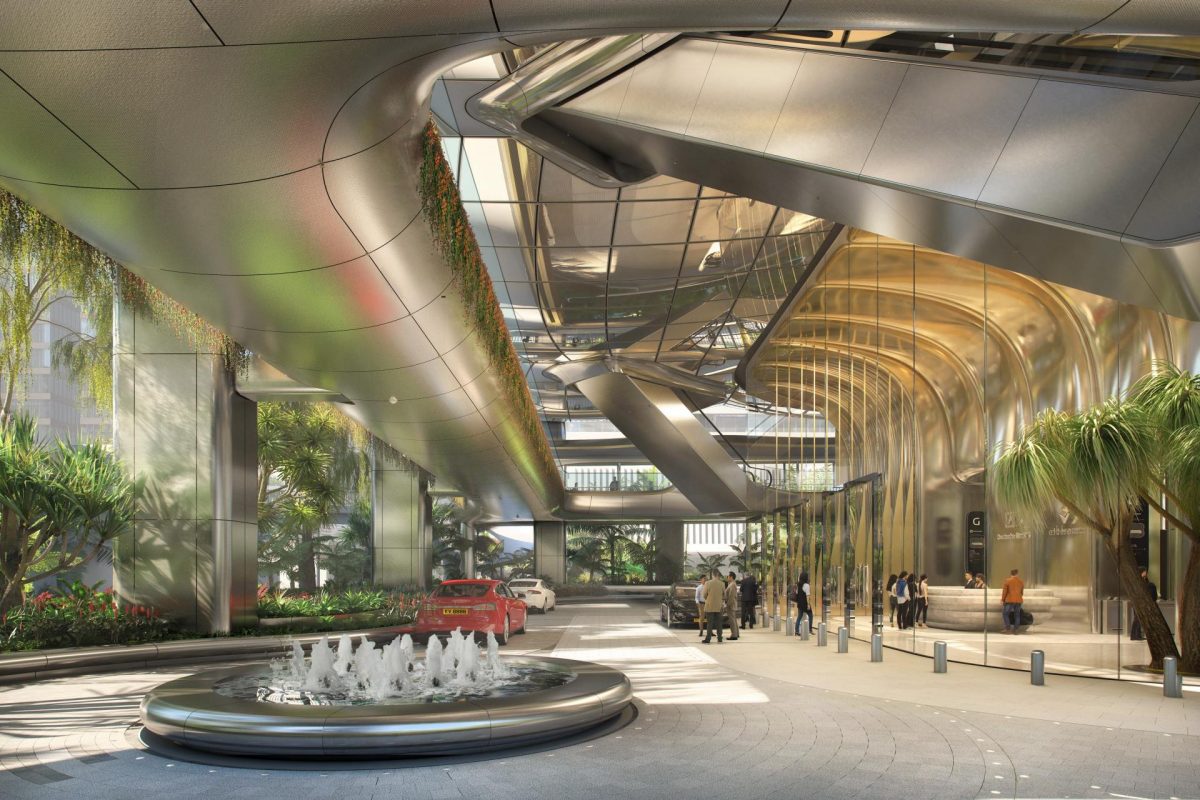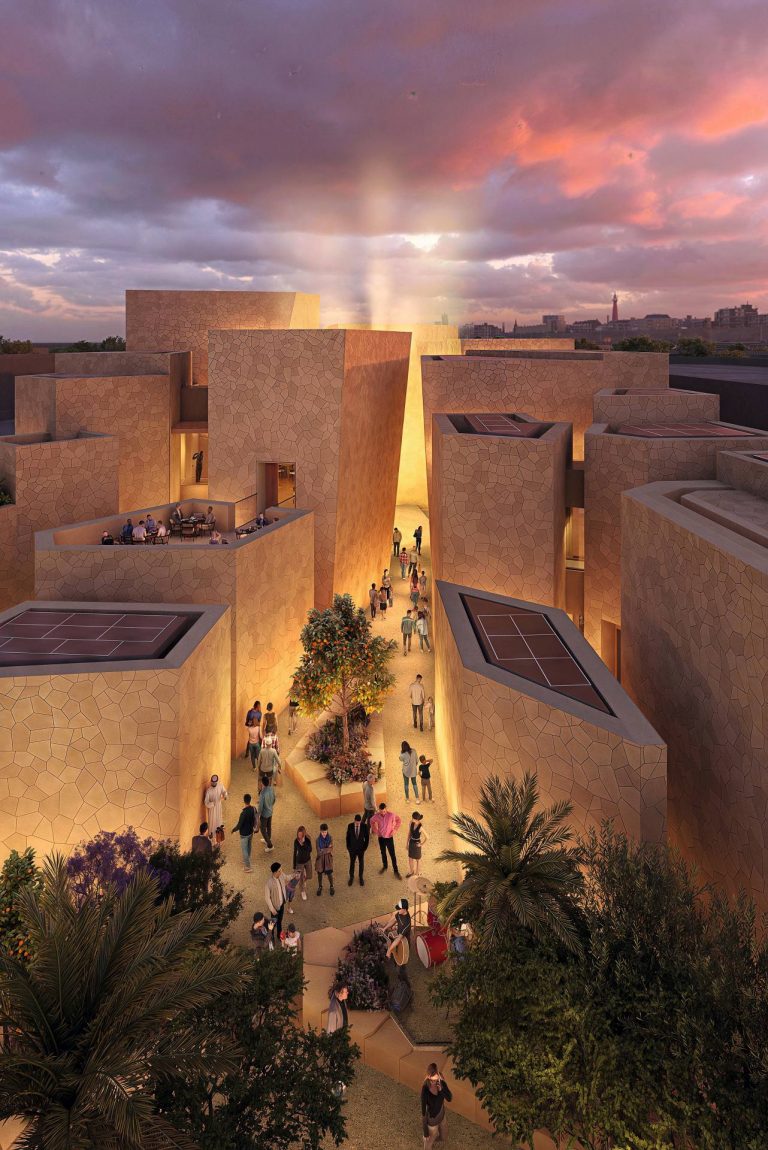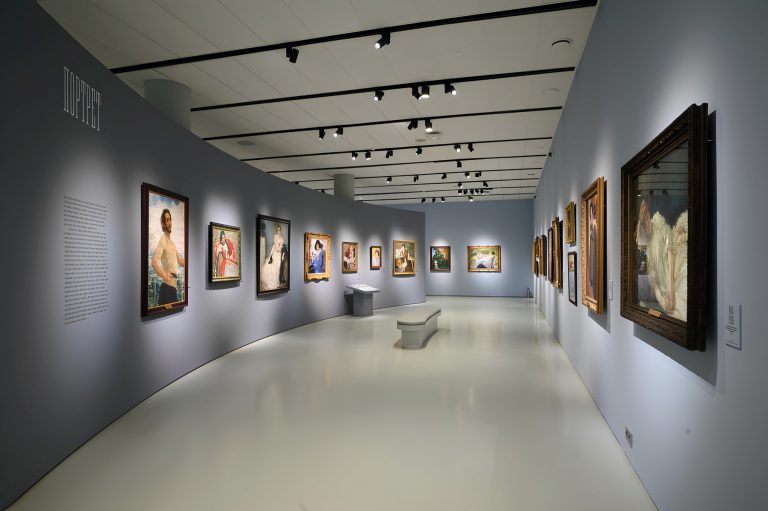What is the future’s architecture going to be like? Technology-based yet expressive. Flamboyant, but human-oriented. Relevant while also mindful of what our future lives will be like. Five megaprojects in various parts of the world will provide us with a glimpse of the future.
Moon-shaped Hotel
The United Arab Emirates is arguably the primary proving ground for architects from all over the world. This place has seen some of the most innovative, daring and expensive projects in recent memory. An example is the Moon Dubai resort, whose construction by Moon World Resorts Inc. of Vancouver has started in Dubai. This enormous complex will be moon-shaped. The spherical structure will be mounted on a glass stylobate that resembles a flying saucer. It will be 224 meters high and 198 meters wide. Such symbolism in the architecture is not a random thing; in addition to the hotel, the complex will also house the offices of several space agencies and an astronaut training facility. The plans also include the Sky Villas residential complex, wellness and exhibition hubs, spas, restaurants, and bars. With a capacity of up to 2.5 million visitors annually, Moon Dubai will surpass all other resorts in the Middle East when it is finished in 2027.
Crystal-studded Skyscraper
Dubai will also be home to the world’s new tallest skyscraper. Although specific completion dates have not yet been disclosed, this grand construction project is already under way in the Business Bay business district. We only know that the building will have more than 100 floors, but its exact height is kept a secret. The largest developer in the UAE, Binghatti, is collaborating with the jewelry and watch company Jacob & Co on the Burj Binghatti Jacob & Co Residences project. The unusual partnership is evident not only in the name but also in the design of the tower, which will have enormous crystal-studded arrows perched atop it. They resemble the dial of a classic Jacob & Co. chronometer, adorned with diamonds. The penthouses will be located on the top floors of the building, and each will be named after one of the iconic watch models produced by the company.
Clouds over the Sea
Only Chinese projects can compete with the ones in Dubai in terms of sheer ambition, scope, and budget size. Shenzhen saw the launch of one of the most costly and significant building projects. The Clouds over the Sea Maritime Museum, with a total area of 100,000 square meters, is being built here, following the design by Japanese firm SANAA. The building’s architecture, which includes several glass hemispheres covered with a steel lattice roof, is perfectly captured by the romantic name. According to the weather and time of day, the flaps on the roof can close and open, just like blinds. The elongated horizontal cloud-like shape of the building gives the impression that it is emerging from the South China Sea.
Amazon HQ
Another impressive building will emerge in North America. Arlington will be the site of Amazon’s new corporate headquarters. NBBJ developed the complex’s overall architectural concept. The main structure, known as Helix, is a 107-meter-tall glass spiral with live plants and trees planted on each loop. The lush gardens will continue outside the building, which will be surrounded by a sizable public park accessible to both locals and visitors. Along with employee workspaces and a greenhouse, the tower will also house shops, dining establishments, and public areas.
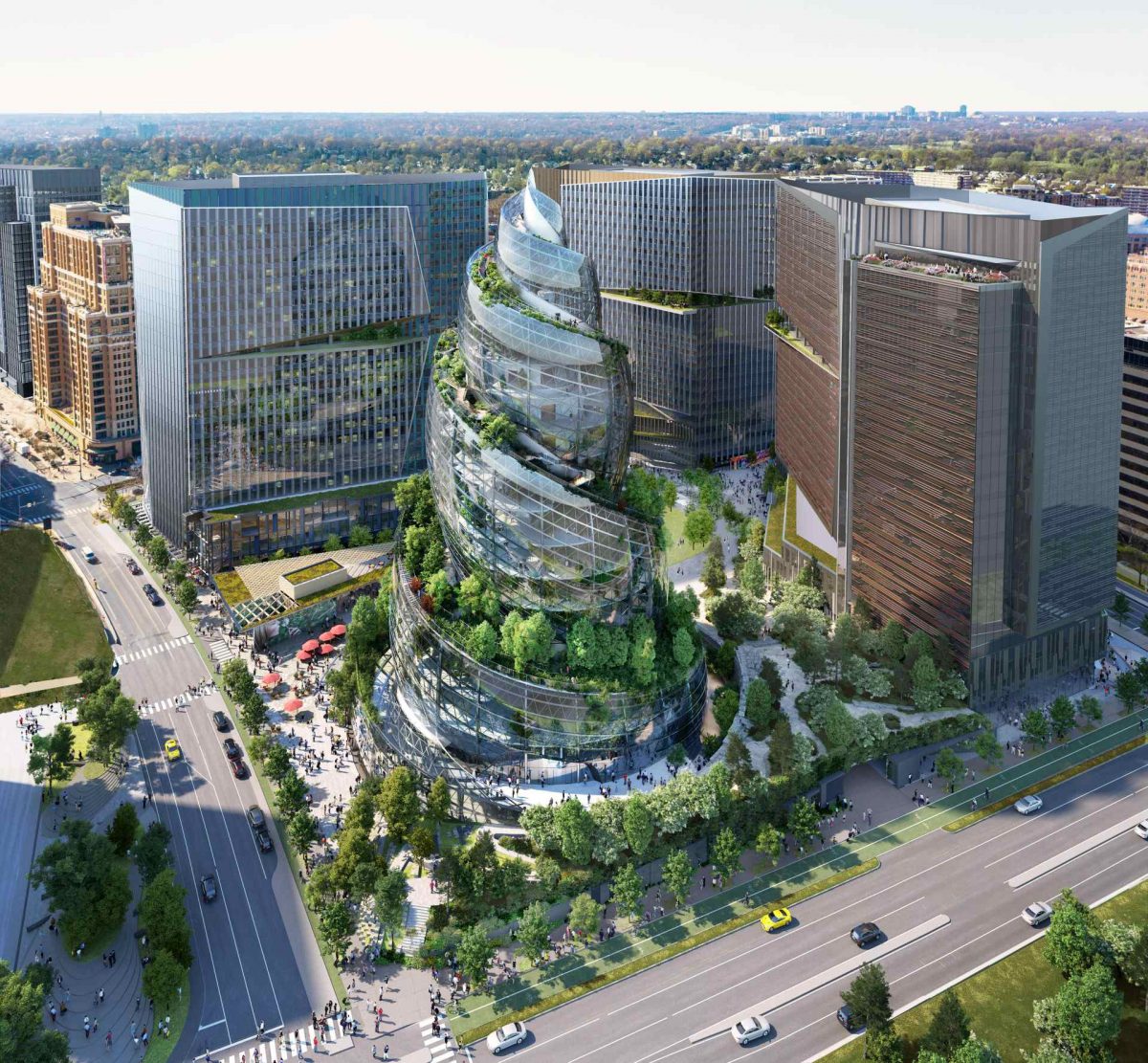
Orchid Skyscraper
In the heart of Hong Kong’s financial district, the first “smart” skyscraper created by renowned firm Zaha Hadid Architects is being constructed. On its 36 floors, there will be offices, a gym, and a restaurant with a view. The area between the pillars on which the tower is supported will be turned into gardens and private courtyards. The 190-meter structure’s design was inspired by orchid flower that is just about to bloom. However, the skyscraper’s distinctiveness lies not in its dazzling exterior but rather in the smart content. The combined supply-and-exhaust ventilation system is one of the key novel solutions suggested by the designers. It can autonomously count the number of people in a given office and, using that information, regulate the airflow into the space. A biometric facial recognition system and energy-efficient facades are other examples of smart technologies involved.
Photo: Press Office Moon World Resorts Inc.; Press Office Shenzhen Maritime Museum; aboutamazon.com; Zaha Hadid Architects; SANAA; dubai-investments.ru
